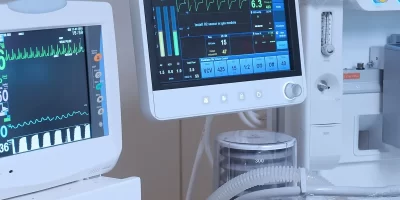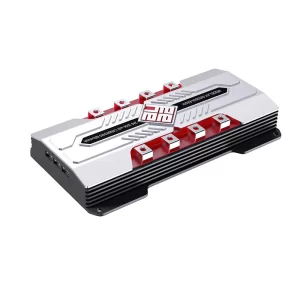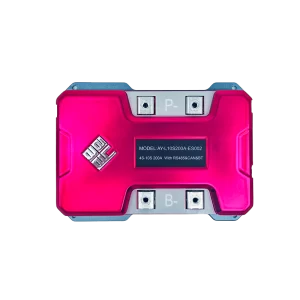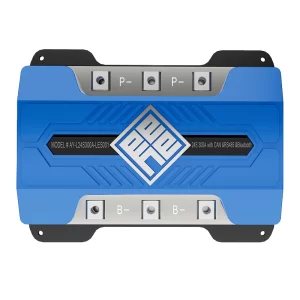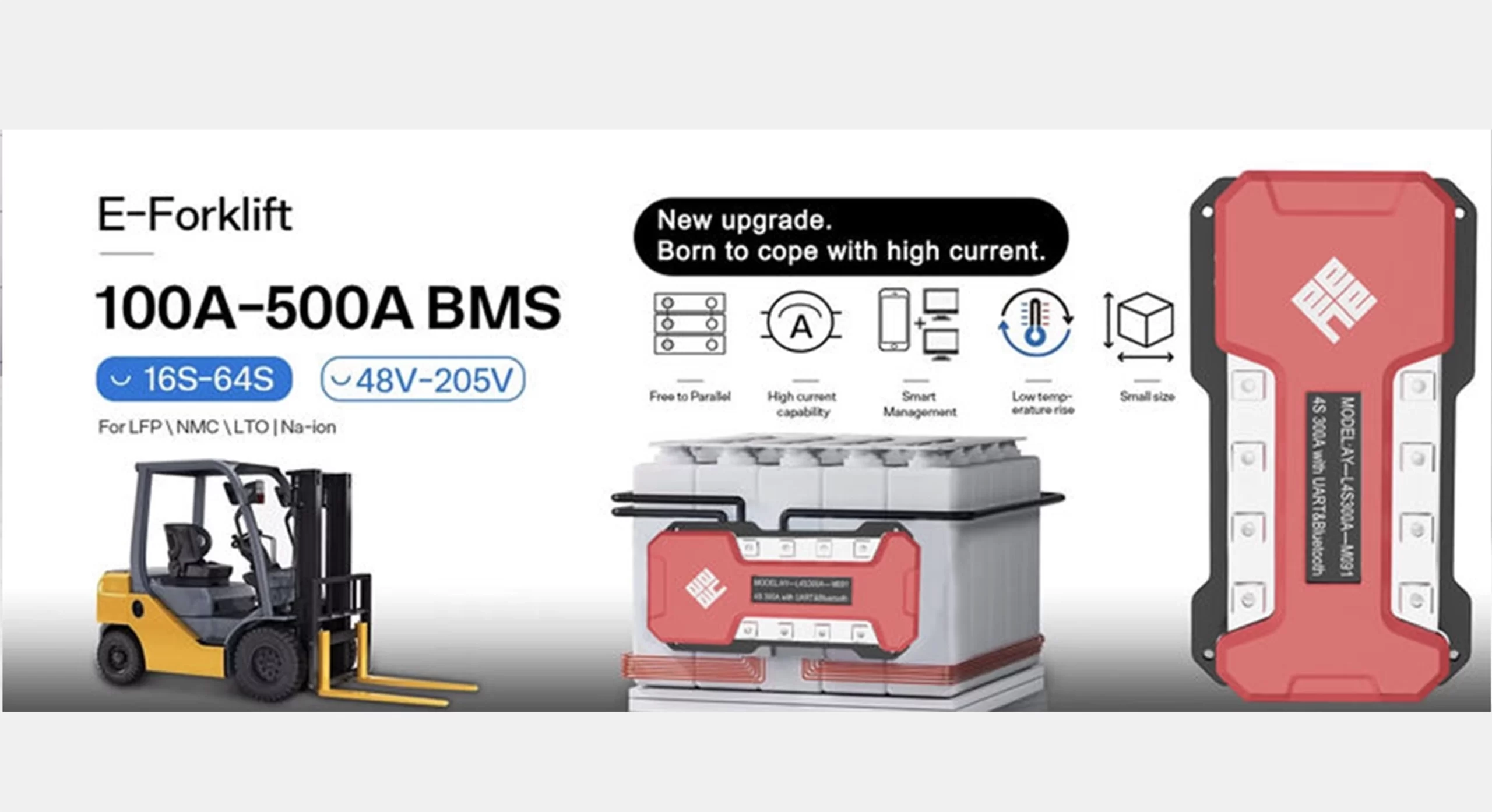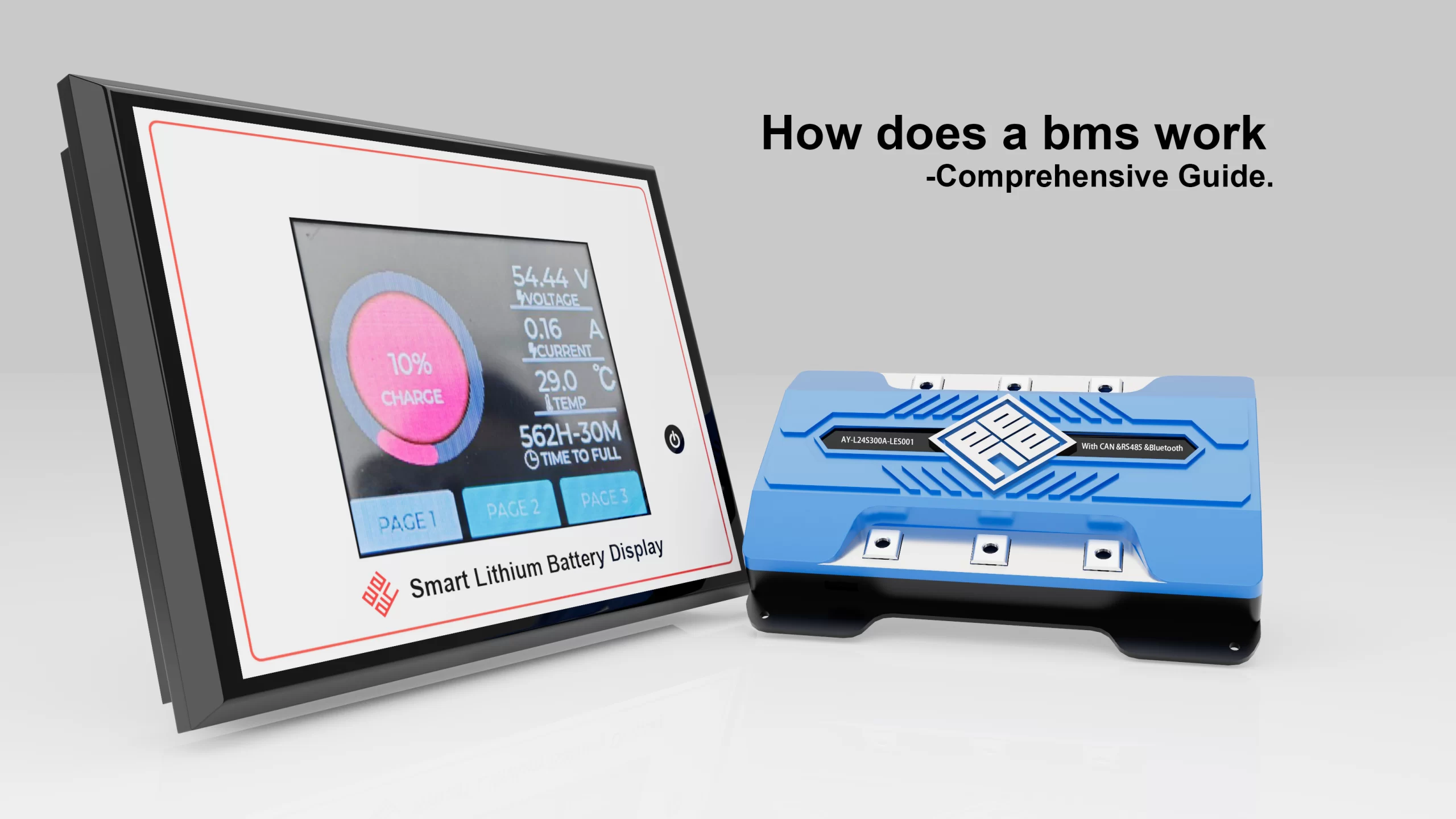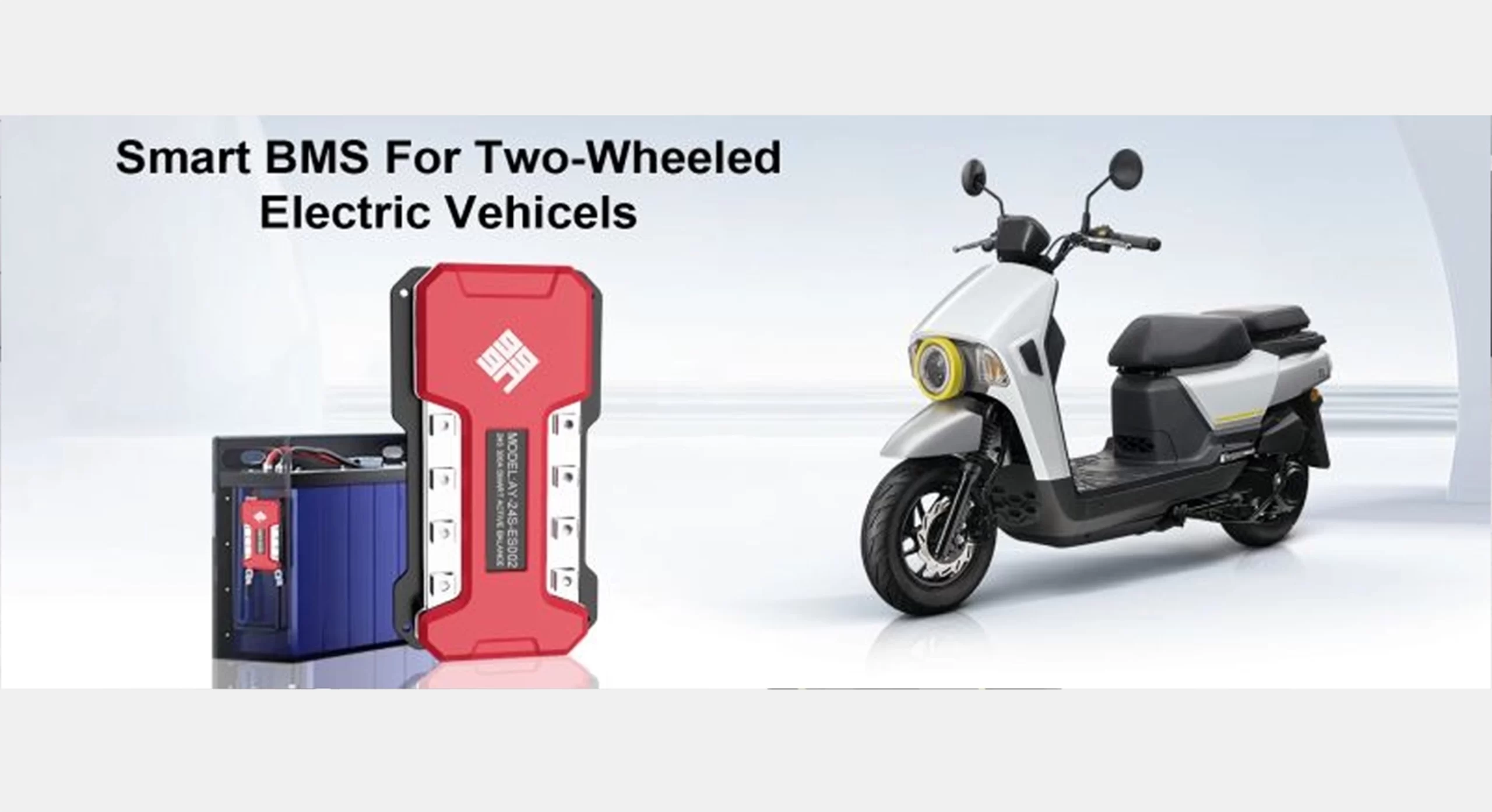Home About Us EVENTS & NEWS Top Features of a Modern Wireless Battery Management System and How to Choose One
Top Features of a Modern Wireless Battery Management System and How to Choose One
Top Features of a Modern Wireless Battery Management System and How to Choose One
The wireless battery management system (WBMS), a rapidly changing technology in today’s energy landscape, is revolutionizing advanced power applications, energy storage systems (ESS), and electric vehicle (EV) design and operation.
Engineers, procurement managers, and product developers must comprehend the important components of a contemporary wireless battery management system and know how to choose the best one as the industry shifts toward smarter, lighter, and more efficient battery solutions.
Three high-performance solutions in the cutting-edge field of wireless BMS will be presented as we jointly examine the architecture, advantages, and selection criteria of wireless BMS.
Core Features of a Modern Wireless Battery Management System
The following characteristics are commonly seen in state-of-the-art wireless battery management system:
Wireless Data Transmission
Utilizes proprietary or standard protocols (e.g., BLE, Zigbee, proprietary 2.4GHz) to transmit real-time data between sensor nodes and the control unit, enhancing scalability and reducing wiring complexity.
High-Precision Monitoring
Each node is equipped with voltage, current, and temperature sensors, enabling accurate battery health diagnostics and predictive maintenance.
State Estimation Algorithms
WBMS leverages advanced algorithms like Kalman filters to estimate SOC, SOH (State of Health), and SOP (State of Power) — crucial for efficient energy usage and long-term battery life.
Thermal Management Integration
Ensures battery temperature remains within optimal ranges via coordination with liquid or air cooling systems, minimizing thermal imbalance between cells.
Over-the-Air (OTA) Updates
Enables remote firmware upgrades, configuration changes, and diagnostics via secure wireless connections, reducing maintenance costs.
Fault Isolation and Redundancy
Advanced WBMS can isolate faults at the module level, improving safety and reliability in critical applications such as electric mobility.
What Is a Wireless Battery Management System?
With a wireless battery management system, reliable wireless communication protocols take the role of conventional wired connections.
Its primary duty is to keep an eye on and regulate the performance of each battery cell and module in a battery pack.
This involves monitoring temperature, voltage, current, and state-of-charge (SOC) in real time and guarding against thermal runaway, short circuits, and overcharging.
A WBMS maintains or even enhances dependability while lowering system weight, simplifying assembly, and increasing design flexibility by doing away with large wiring harnesses and connectors .
Advantages of Wireless BMS over Traditional Systems
Weight Reduction: Eliminates kilometers of wires in large EV packs, improving vehicle energy efficiency.
Simplified Installation: Reduced connectors and cables cut labor and assembly time.
Improved Reliability: Fewer mechanical connectors mean fewer failure points.
Scalability: Easily adaptable to various battery configurations, from small drones to large energy storage farms.
Real-Time Control: Enhanced communication latency and bandwidth allow faster reaction to abnormal conditions.
Choosing the Right Wireless Battery Management System
A number of important considerations must be made while choosing the best wireless battery management system:
Battery Configuration: Consider voltage range (e.g., 7S to 24S), current capacity, and pack architecture.
Application Environment: Evaluate temperature ranges, vibration, and moisture exposure.
Communication Interface: Ensure compatibility with CAN, UART, RS485, or cloud connectivity protocols.
Balance Method: Decide between passive and active cell balancing based on energy efficiency and budget.
Certification Standards: UL, ISO26262, CE, and UN38.3 compliance are critical for automotive and export markets.
Recommended Products from Ayaa Technology
The following three models are among Ayaa Technology’s extensive range of WBMS-enabled BMS devices, which are designed to satisfy the increasing need for wireless battery management system:
1. AY-L24S300A-ES001 (7S–24S)
This model, which was designed for high-current uses such as electric forklifts and high-capacity energy storage, has:
Parallel configuration support for scalable system expansion
Compatibility with various lithium chemistries (LFP, NMC, etc.)
Multi-protocol communication: CAN, UART, RS485
Smart wireless integration for remote monitoring and balancing
Rated at 300A continuous current, ideal for commercial EVs and large ESS installations
2. AY-L10S200A-ES002 (4S–10S)
Designed for mobile devices and small to medium-sized EVs, this small but effective module provides:
Flexible communication options (CAN/UART/RS485)
Durable PCB material designed for thermal and electrical stability
Optimized voltage range for micro-mobility and light vehicle platforms
Fully wireless-ready for integration into remote monitoring systems
3. AY-L24S300A-LES001 (7S–24S)
In situations where passive balance and cost optimization are enough, this paradigm offers:
High-accuracy cell monitoring and protection
Broad voltage compatibility
Simplified structure with no active balancing, reducing BOM cost
Ideal for stationary energy storage or vehicles with moderate performance requirements
From fleet EVs to off-grid battery banks, each of these models may be customized to meet particular needs and allows modular extension.
The Future of Wireless Battery Management
The wireless battery management system will keep developing in the future thanks to innovations like:
AI-Powered Management: Algorithms that learn from usage patterns for predictive control
Cloud-Based Diagnostics: Real-time performance monitoring via 5G/IoT platforms
Green Materials & Modular Design: Enhancing sustainability and system recyclability
WBMS will be essential to increasing efficiency, cutting costs, and allowing smart energy systems as EVs and ESS proliferate internationally.
Why Choose Ayaa Technology?
Modern wireless battery management system solutions are offered by Shenzhen Ayaa Technology Co., Ltd., which has over 20 years of industry experience and international alliances in the United States, Japan, and Germany.
We offer:
Customized BMS designs from 3S to 35S
Support for CAN, UART, RS485, and wireless protocols
Production aligned with international standards and certifications
Full-service support from system planning to after-sales assistance
Our wireless battery management system provide the performance, security, and intelligence required for creating next-generation storage systems or a new electric car platform.
FAQ
Q:What is wireless BMS?
A:A specially designed solution, the wireless battery management system (WBMS) is made to meet the high reliability and low latency needs of automobile battery management systems.
Q:What does a smart BMS do?
A:Temperature impacts, lifetime aging, self-charge/discharge, and other variables are all within the control of the smart BMS.
The usage of BMS is pointless without any of this.
Therefore, BMS applications guarantee that your battery is constantly operating at its best capacity and range.
Q:How does a BMS work?
A:A battery pack is monitored and managed by a Battery Management System (BMS), which guarantees its safe and effective operation.
It accomplishes this by continuously checking the temperature, voltage, and current of each cell and then regulating the charging and discharging procedures to maintain them within acceptable bounds.
This lessens the chance of overcharging, overdischarging, and overheating, all of which can shorten the battery’s life.
Conclusion
Modern wireless battery management system is a vital technology propelling the next wave of innovation in energy systems and electric vehicles, not merely a passing fad.
Engineers and company executives can make well-informed judgments that maximize performance, cut costs, and advance sustainability by being aware of its key characteristics, advantages, and selection techniques.
If you’re looking to upgrade your battery systems with wireless BMS technology, contact Ayaa Technology today to learn how our proven solutions can power your future.








